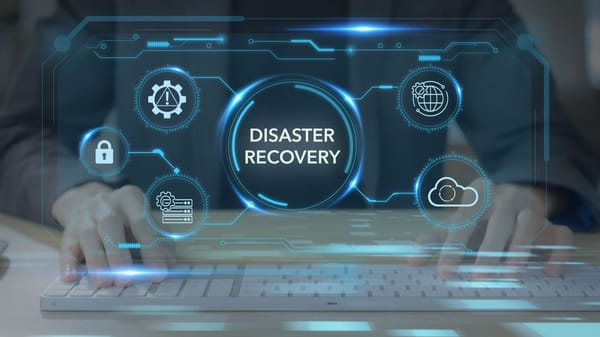Why a Strong CI/CD Pipeline Matters in M&A

When buyers evaluate a SaaS or tech-enabled business, they aren’t just looking at the code that exists today. They’re asking how the team will keep delivering reliably after the deal closes. That’s why a strong CI/CD pipeline matters so much. It’s proof that your engineering organization can ship quickly, safely, and predictably.
A good CI/CD pipeline reduces risk, speeds up delivery, and creates confidence. A weak or nonexistent one signals fragility, bottlenecks, and key-person risk. For private equity buyers, that difference translates directly into valuation.
The Ability to Rapidly Promote Code
In fast-growing SaaS companies, velocity matters. Buyers want to know that the team can deliver features and fixes without waiting weeks for manual approvals and release trains. A mature CI/CD pipeline makes promoting code from development to production routine, not an event.
It’s not just about speed. It’s about repeatability. Each commit flows through the same automated process, with consistent checks and gates. That consistency makes every release less risky, and that’s what buyers care about.
Stage Gating
Velocity without control is chaos. Stage gating is what keeps a CI/CD pipeline disciplined. Code moves through a series of environments - dev, test, staging, production - with defined checks at each gate. Automated checks block bad code, and manual approvals are used sparingly and intentionally.
For buyers, stage gating shows process maturity. It says that the team can move fast while still catching issues before customers see them. It also reduces dependency on heroics - no more late-night firefighting every time code goes live.
Automated Testing
Automated tests are the heart of CI/CD. Without them, the pipeline is just a faster way of shipping unproven code. The strongest pipelines incorporate layers of testing:
- Unit testing - Validates that small pieces of code do what they’re supposed to do.
- Regression testing - Ensures new changes don’t break existing functionality.
- Security testing - Scans for known vulnerabilities, insecure code patterns, or configuration issues.
This layered approach doesn’t eliminate bugs, but it dramatically reduces the risk of pushing a bad release into production. For buyers, seeing this in place signals that the team can scale development without introducing uncontrolled risk.
Sound Rollback Process
No matter how good your testing is, bad code will eventually get through. That’s why rollback matters. A strong CI/CD pipeline makes rollback a routine, low-drama process. Whether it’s automated blue-green deployment, canary releases, or a simple version rollback, the point is the same: the business can recover quickly if something goes wrong.
When buyers hear “rollback,” what they really hear is resilience. Outages are inevitable, but what matters is whether the product can bounce back fast without losing data or trust. A predictable rollback process is one of the clearest signals of operational maturity.
Wrapping It Up
A strong CI/CD pipeline is more than an engineering convenience. It’s a valuation driver. It shows buyers that the business can innovate quickly, manage risk, and recover gracefully when things go wrong.
Rapid promotion, stage gating, automated testing, and rollback aren’t just best practices - they’re confidence signals. They tell buyers that the product can scale, the team can deliver, and surprises will be minimized.
If you want your technology to inspire confidence in diligence, invest in CI/CD. It’s one of the clearest ways to connect engineering discipline to business value.




